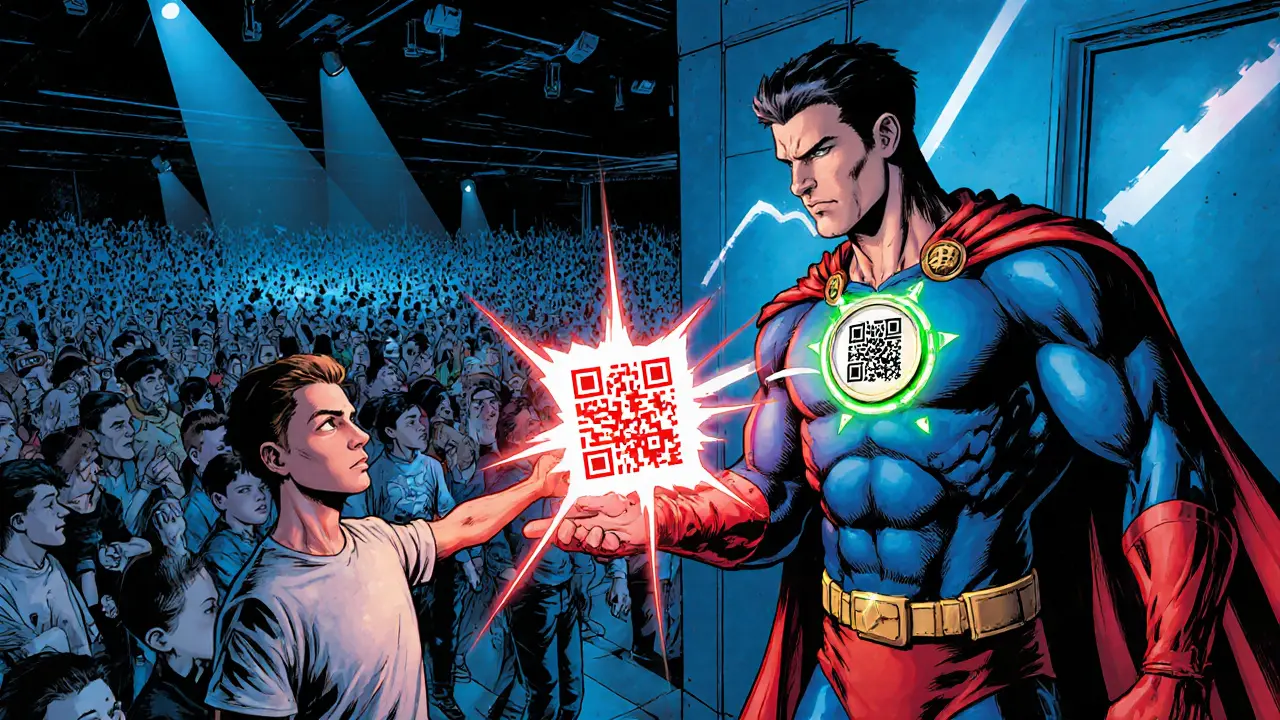When working with ERC-1155, a flexible token standard that lets a single smart contract manage multiple token types—both fungible and non‑fungible—on Ethereum. Also known as multi‑token standard, it bridges the gap between the older ERC-20, the classic fungible token protocol and the NFT, non‑fungible token standard that represents unique digital assets. The key attribute is its ability to batch‑transfer different token IDs in one transaction, cutting gas costs and simplifying wallet integrations. Because it is built on Ethereum’s smart contract, code that runs automatically when conditions are met, developers can embed royalties, in‑game skins, or collectible series without deploying separate contracts for each item. In short, ERC-1155 offers a single‑source‑of‑truth for mixed‑asset portfolios, which is why you’ll see it popping up in gaming, DeFi, and even supply‑chain projects.
The rise of blockchain‑based games created a demand for token standards that can handle thousands of items—think swords, armor, loot boxes, and currency—all under one roof. ERC-1155 satisfies that demand by allowing batch minting, which means a game can launch an entire collection in minutes instead of dozens of individual contracts. This efficiency translates to lower transaction fees, a crucial factor for players on mobile wallets. Moreover, the standard supports “semi‑fungibility”: a health potion can be fungible (identical across copies) while a legendary sword remains unique, all in the same contract. From an investor’s perspective, projects using ERC-1155 often have clearer tokenomics because each token ID can carry its own metadata and supply constraints, making risk assessment more straightforward. The standard also plays well with marketplaces that already understand ERC-20 and ERC-721, so liquidity pools and secondary sales are easier to set up.
Looking ahead, ERC-1155 is expanding beyond pure gaming. Finance teams are experimenting with “fractional NFTs” where each slice of a high‑value artwork is a semi‑fungible token, enabling shared ownership while preserving uniqueness. Supply‑chain initiatives use the same batch logic to track multiple product SKUs in a single ledger entry, cutting paperwork and audit costs. All these use‑cases share a common thread: they need a token standard that can represent both identical and distinct items without bloating the blockchain. That’s the essence of the semantic triple "ERC-1155 encompasses multi‑type assets", "ERC-1155 requires smart contract implementation", and "Gaming NFTs influence ERC-1155 adoption". Below you’ll find a curated set of articles that dive deep into token economics, airdrop mechanics, exchange reviews, and real‑world examples—all tied to the versatile world of ERC-1155.

Discover how NFT ticketing transforms live events by preventing fraud, enabling royalties, and turning tickets into lasting digital collectibles.